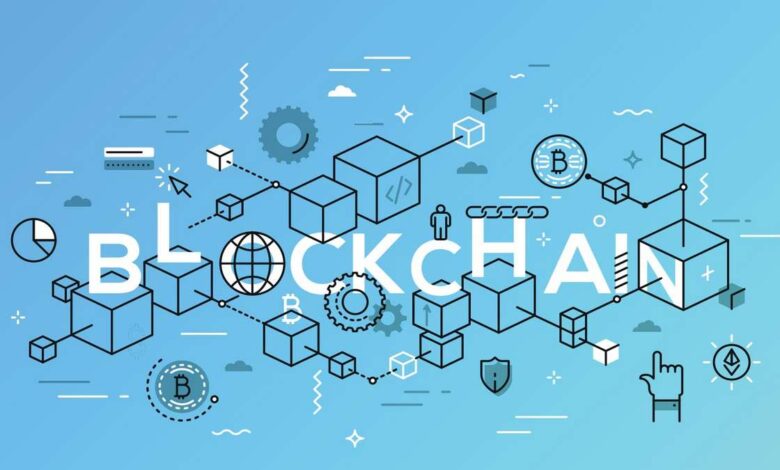
Named after a coastal Californian city and developed by Anatoly Yakovenko, Solana is an innovative blockchain network that aims to solve core crypto problems on the market. The network’s mission is to simplify the block validation process and decrease the energy consumption of crypto networks, which in turn will minimise transaction costs and processing times.
Solana Defined
From its inception, the Solana network was promised to be the next game-changer in the decentralised technology field. Its native token, SOL, has already become one of the most popular currencies purchased and traded worldwide. While the network includes all familiar crypto benefits, including security and decentralisation, it also offers an innovative block validation model called proof-of-history (POH).
The most widely accepted consensus algorithm is the proof-of-work (POW) protocol, which is used by leading crypto coins like BTC and LTC. Despite its popularity, the POW algorithm has become quite expensive and resource-intensive for networks, requiring substantial computational power to function. Thus, numerous technology leaders in the crypto landscape have started to search for viable alternatives for the POW approach. The POH protocol is one such alternative, offering a brand-new system for verifying transactions without committing unreasonable resources.
Why is Solana Special?
As outlined above, Solana offers a disruptive POH algorithm to replace the proof-of-work concept, reducing the transaction processing times, gas fees and resource commitment by the validator parties.
This system will no longer require miners and high-end computers to validate transactions. Instead, the POH protocol utilises timestamps in the network blocks as validating keys. The validator parties can vote on presented timestamps to verify transactions and ensure they are completely secure. This approach allows the network to validate new blocks in a fraction of the time and with minimal computational resources. Additionally, the POH system will leave even less vulnerable points for cyber attacks within the blockchain networks, further increasing security and decentralisation.
Unique Solana Benefits
Solana is a fourth-generation blockchain technology, iterating on the previous versions and offering considerable improvements compared to the third generation. The upgrades include improved speed, limitless scalability, lower gas fees, and more.
- Open Source Code
Solana’s open-source capabilities are one of its greatest strengths, as network participants can access the core protocols anytime. This means that users can verify the validity of new blocks and retrieve any information they need without requiring central permissions. Open source capabilities are also great news for dApp developers, who can effortlessly craft new applications on the blockchain.
- Proof of History
As discussed above, the POH model promises to eliminate or minimise the current transaction speeds and commission charges issues. Additionally, the POH model is beneficial for validators, too, as they can participate in verifying transactions more conveniently and without requiring high-end mining equipment. Finally, validators and delegators will also earn lucrative rewards for their contributions.
How Does The Staking Process Work?
The network offers promising rewards to active network participants. Those who decide to take part in the block validation process can expect substantial passive income for their efforts. There are two main options to participate in this process – as a validator and as a delegator. Delegator parties can simply stake their preferred crypto assets onto the network for a specified time. After that, they will receive reliable passive income or SOL token rewards for the lockup period. Delegators do not need to understand the complex inner workings of the validation process. Instead, they simply need to stake the required assets to contribute.
On the other hand, validators are more involved in the block validation process, as they have to aggregate locked asset pools to participate. In simple terms, each validator must accumulate a sizable asset pool to cast a vote in the block verification process. Users with bigger asset pools have a higher chance to directly participate in validating blocks and thus receive bigger network rewards. Naturally, the validator role is more suitable for individuals who understand the blockchain network processes deeply.
Does Solana Have Long-Term Potential?
Despite Solana’s impressive features and substantial improvements over the conventional blockchain networks, there are significant risks to consider. The SOL coin fluctuates heavily due to the uncertain crypto market climate. This trend is bound to continue in the short-term future.
However, as an investor, you should consider that the crypto landscape is still largely volatile and short-term price variations should not be the only aspects to examine. Currently, the SOL community prioritises innovation, freedom and simpler block validation in the long-term roadmap. Thus, it is important to weigh the risks and potential upside when investing in the promising Solana network.



